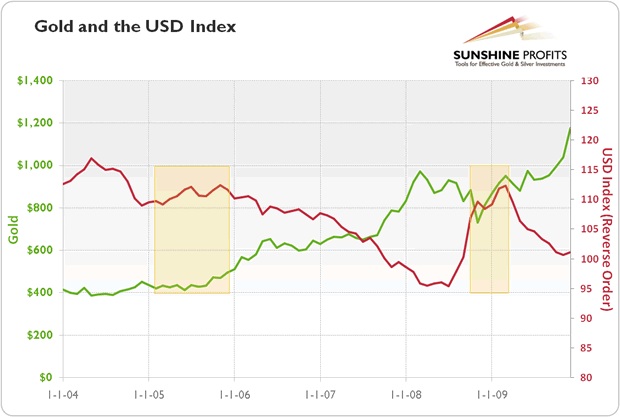 From John Mauldin:
From John Mauldin:
‘For a central banker, deflation is one of the Four Horsemen of the Apocalypse: Death, Famine, Disease, and Deflation. It is helpful to understand that, before a person is allowed to join the staff or board of a central bank, he or she is taken into a back room and given DNA replacement therapy, inserting a gene that is viscerally opposed to deflation.’
Death: There will be many more deaths – think Middle East, Ukraine, Africa, and the next big war.
Famine: A shortage of food, whether inspired by drought, politics or war has been normal throughout history. Today there are food shortages in many countries and there are nearly 50,000,000 people in the U. S. on food stamps (SNAP) – the modern equivalent of ‘bread lines’ and ‘soup kitchens.’
Disease: Ebola, AIDS and drug resistant TB, staph infections and more.
Deflation: Deflation occurs in some assets while inflation occurs in others. Deflation is often good for the middle class, such as gasoline priced under $3.00 instead of gasoline priced at $5.00. But the political and financial elite want inflation and a larger supply of currency in circulation. There are more profits to skim and the debts are easier to repay under inflationary conditions. Deflation hurts indebted governments (all of them) and Wall Street. Central bankers must fight their enemy – deflation – and create more inflation.
Figuratively speaking, the Four Horsemen are trashing our world. In opposition to the Four Horsemen are the Four Rays of the New Dawn.
Gold: Gold has been money for 5,000 years. It represents a store of value and is effectively eternal. Few unbacked paper currencies have survived more than four decades before they are ‘printed’ into worthlessness. Gold will survive and is NOT dependent upon a government or a banker to print it or determine its value. The dawn of a new age is based on honest money – gold.
Silver: Repeat the gold story for silver but add that silver is used as money in commerce, as well as in hundreds of industrial and medical uses. The dawn of a new age has a silver lining.
This post was published at Deviant Investor on November 20, 2014.























 Follow on Twitter
Follow on Twitter
Recent Comments